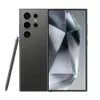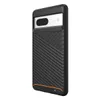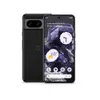I just controlled a car using Honor Magic 6 Pro’s eye-tracking tech — and it blew my mind
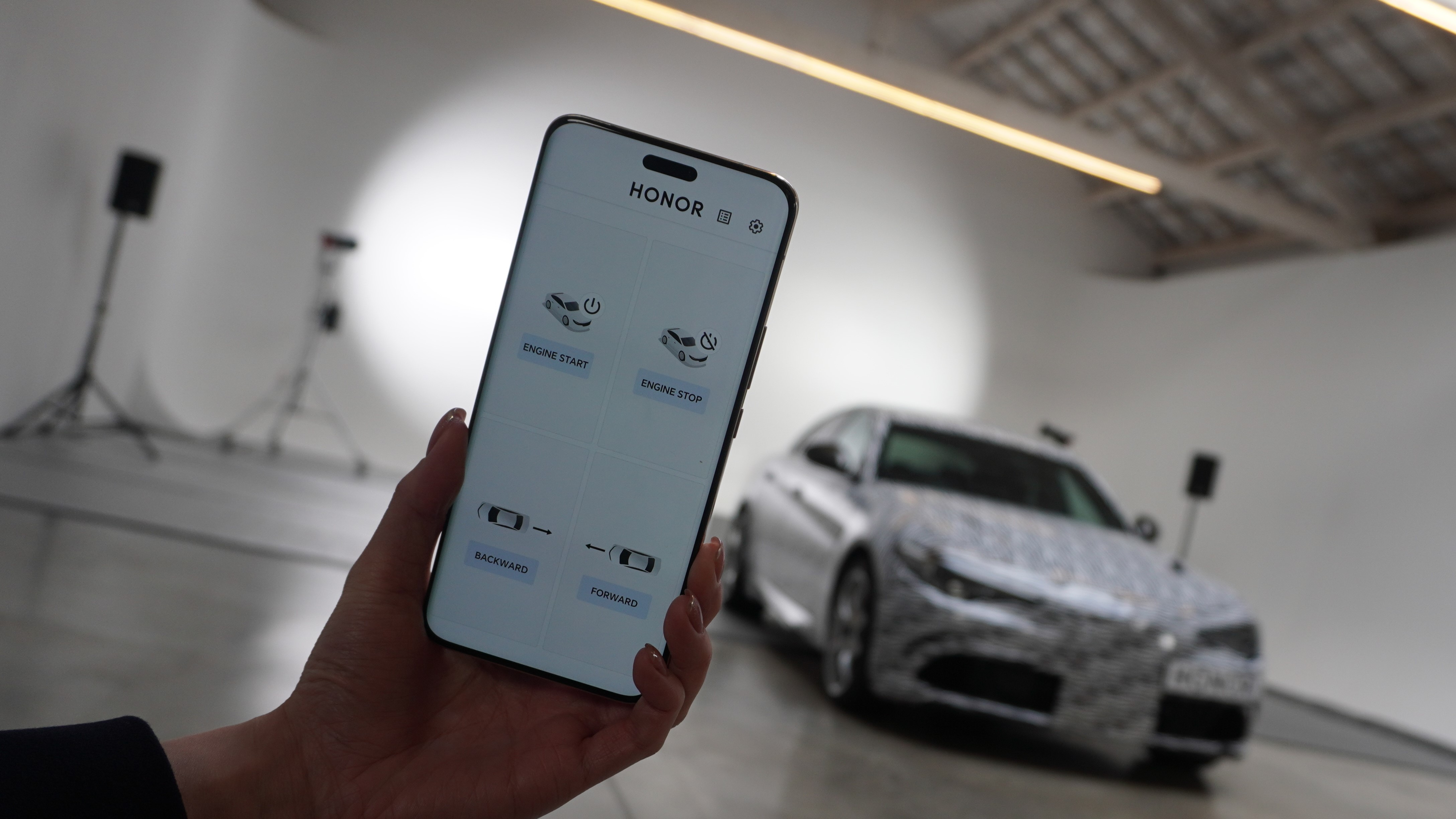
Honor has just launched the Honor Magic 6 Pro at MWC 2024, and that phone has a feature you won't find in any other handset — AI-powered eye tracking. The feature is designed to let you check notifications in the new Dynamic Capsule, which is similar to iPhone 15’s Dynamic Island, but there’s potential for it to offer a whole lot more.
In fact, one of the demos Honor set up to showcase the benefits of Honor Magic 6 Pro’s eye-tracking technology puts your eyes in control of a real-life car. I was able to glance at the screen of the phone from several feet away, and watch as the car obeyed my commands.
This is not the kind of thing that’s ever likely to be possible with the car on your driveway, but it was pretty darn impressive.
How Honor Magic 6 Pro’s eye tracking works
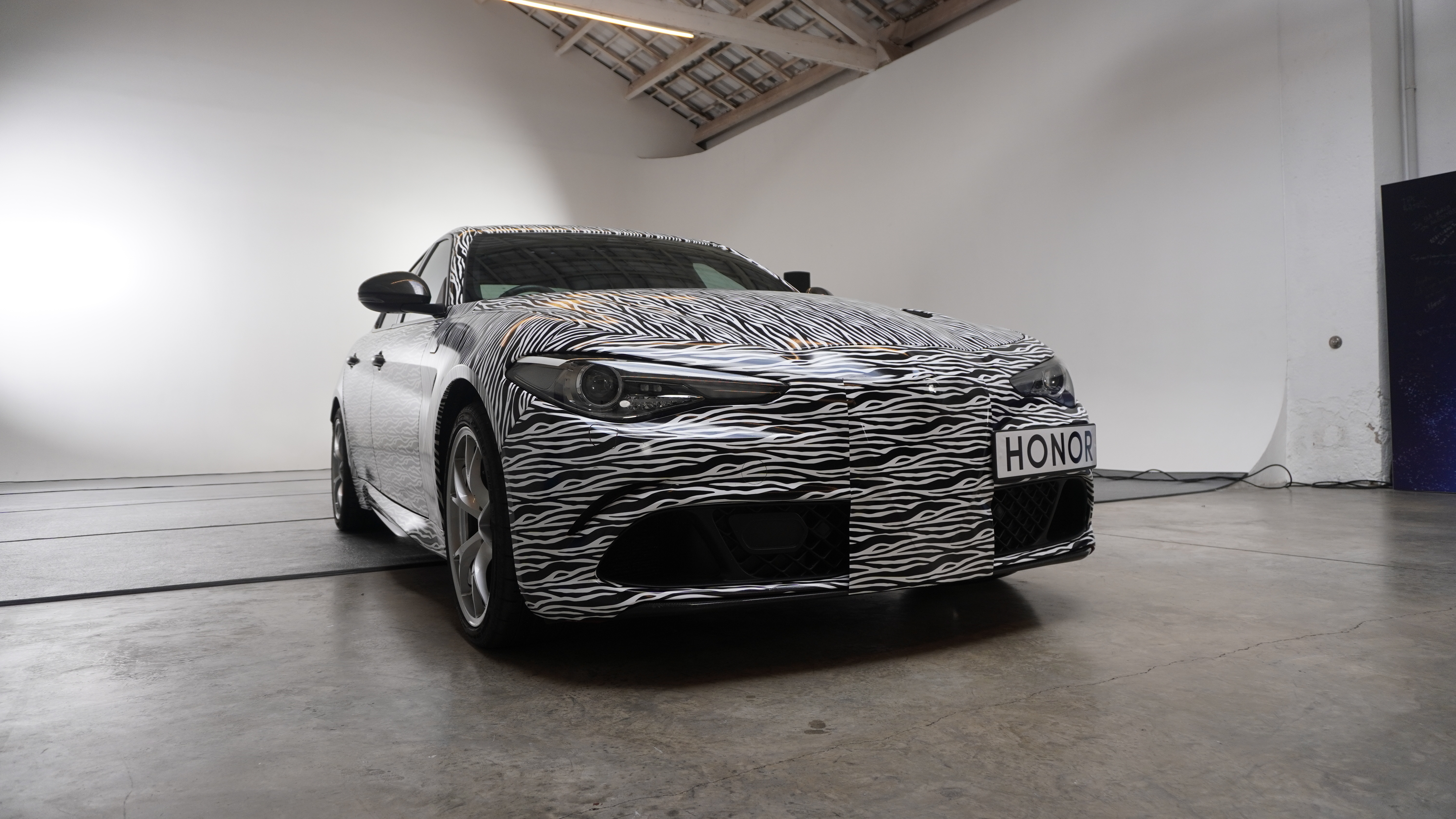
When it rolls out later this year, the eye-tracking software packed into the Magic 6 Pro will be limited to the Magic Capsule bar at the top of the screen. The idea here is that you can check notifications or open the relevant apps without actually having to tap your phone's screen — or use some kind of hand-based gesture.
Your gaze is the mouse cursor, and according to Honor, lingering over a specific spot for a couple of seconds register as a “click” — so to speak. The company sees this as an evolution in how we interact with our gadgets, moving to a stage where touch and voice controls aren’t the only options. So far, this eye tracking allows for scrolling, clicking, and also speeding up video playback, among other things.
AI is involved too, which helps to improve accuracy and ensure your phone can process where you’re looking at any given time.
The Magic Capsule is designed as a starting point to show that this kind of eye-tracking is possible, even if it’s limited to the camera pill for the time being. However the technology isn’t restricted to this small area, and the eye-tracking demo at MWC relied on the whole screen.
Get instant access to breaking news, the hottest reviews, great deals and helpful tips.
Controlling a car with your eyes is a wild experience
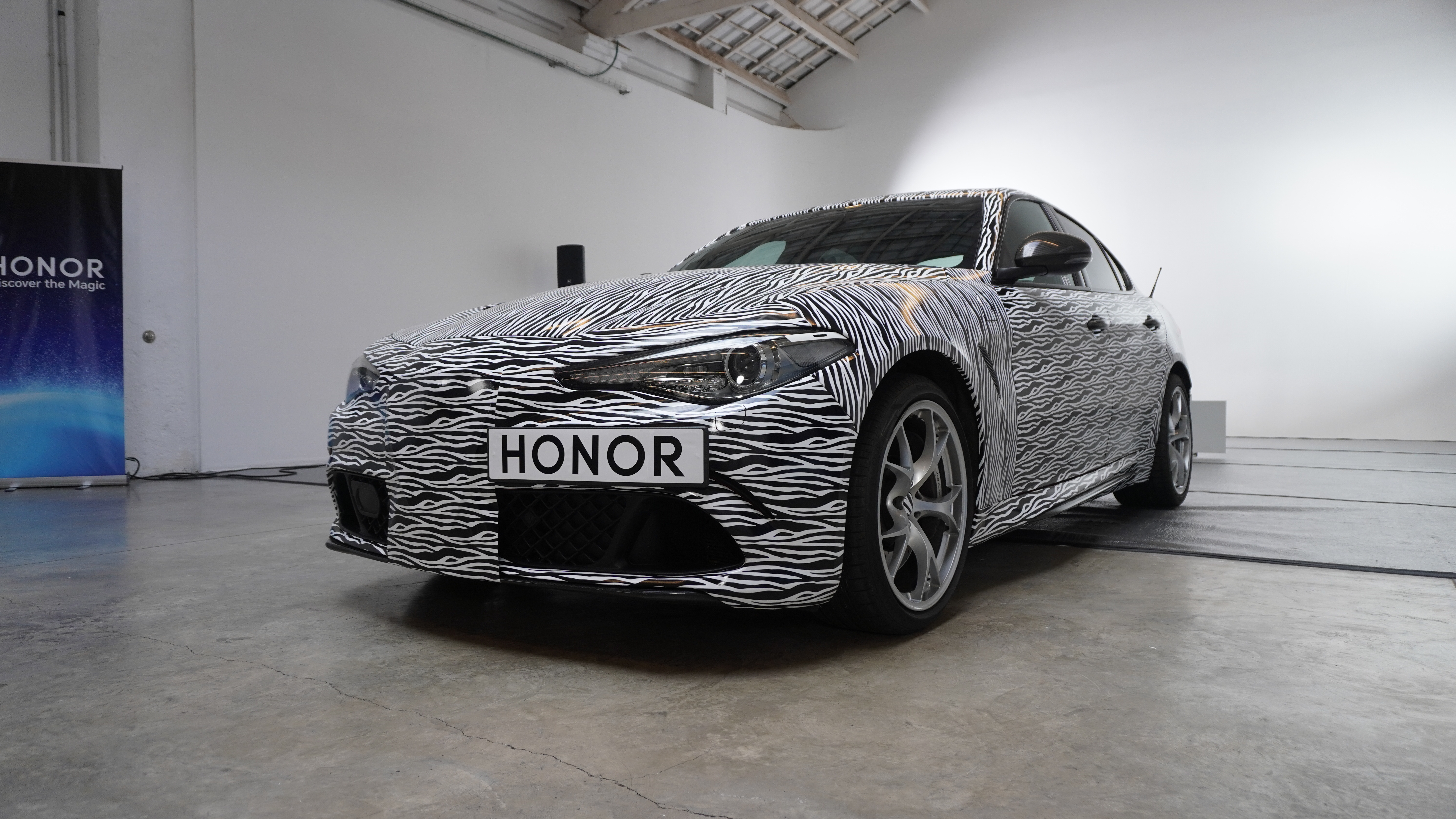
The one thing to make very clear about this demo is this is not something Honor intends to roll out to real life cars. This is just a way of showing the versatility of the Magic 6 Pro’s eye tracking tech, and in a way that’s much more interesting than staring at a phone in a booth.
A custom app was used to control the car, with the display split into four separate quadrants — each corresponding to a different command. They included turning the engine on and off, and telling the car to move forward or backward by around 10 feet. The general concept of this demo was that the car may be in a tight parking space, and these features would allow the driver to park the car without actually having to be inside it.
Unsurprisingly, the whole thing started with me calibrating the app to my eye movement. It felt a little bit like the opening sequence from the first Halo game, where you have to stare at colored lights to show the game you know how to look around. It meant that I knew what I was doing, and the phone was actually able to recognize where I was looking.
Apparently, there have been rare cases where the Magic 6 Pro can’t figure out where a person is looking, no matter how much they try. Thankfully, that wasn’t an issue for me.

It’s quite a surreal experience to be able to make a car remove from a distance like this. But doing it by looking at specific parts of the screen ramps that feeling up to 11. It doesn’t help that the speed at which the phone very quickly picked up changes in where I was looking. I’ll admit, the idea that I didn’t have perfectly precise control 100% of the time over a car weighing several thousand pounds gave me a little bit of anxiety.
The eye tracking itself wasn’t absolutely perfect, but it still performed reasonably well. If the phone registered that you were looking at a specific command, a loading bar would start filling up. Once it filled up, the car did exactly what you asked it to — albeit with a second or two of lag while the commands were processed and transmitted to the equipment in the trunk of the car.
However, I found that there were times where I was looking and where the Honor Magic 6 Pro thought I was looking didn’t quite match up. In those instances I had to divert my gaze a little further off the side of the phone until the correct loading bar started filling up.
That’s another way the flutterings of anxiety play into things. Because the last thing you want to do is send a car flying backward when you were trying to do the opposite. And it also meant I was very careful to not look at the screen when the car wasn’t supposed to be doing anything.
Bottom line
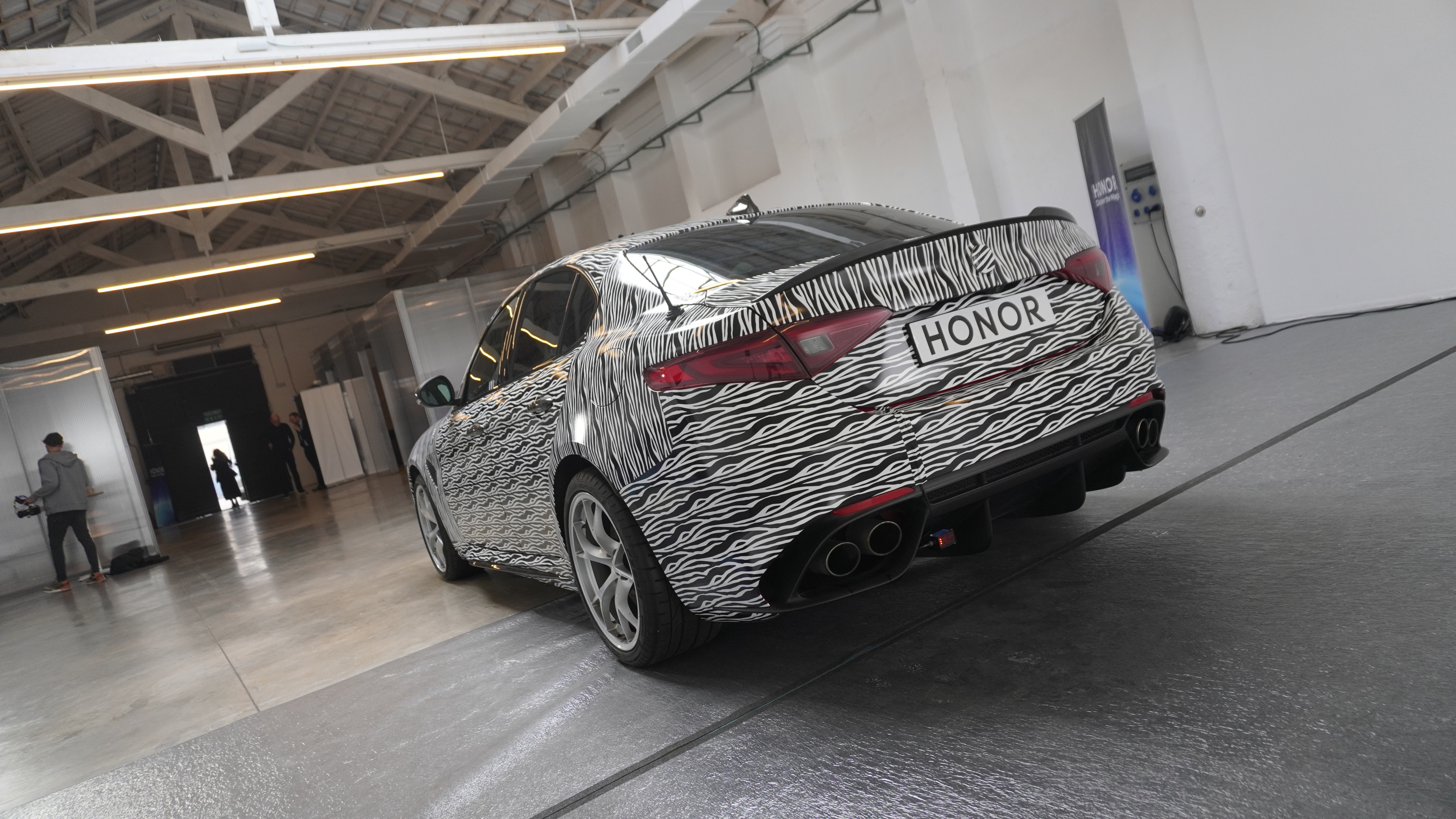
While there’s no way that you’ll ever be able to control a car with eye-tracking controls, Honor's demo showcased the versatility of eye-tracking technology and the ways it can be employed. Honor explained that it won’t be restricted to the Magic Capsule, or even your phone forever. There are plenty of circumstances where using your hands — or even your voice — may not be appropriate.
Maybe not in the car, though. The couple of seconds of maintained eye-contact you need to activate the Honor Magic 6 Pro’s eye-tracking means that’s out of the question. But there’s more to life than cars, and it’ll be very interesting to see where this tech goes in the future.
The Honor Magic 6 Pro isn’t expected to come to the U.S., but pre-orders are already open in other regions with prices starting at £1,099 / €1,299 (roughly $1,392).
More from Tom's Guide
- I just saw TCL’s AR glasses of the future — and they’re arriving soon
- Can’t afford the Apple Vision Pro? This $100 headset turns your iPhone into a mixed reality portal
- I went hands-on with Nubia's $600 foldable — and it could be a true Galaxy Z Flip rival

Tom is the Tom's Guide's UK Phones Editor, tackling the latest smartphone news and vocally expressing his opinions about upcoming features or changes. It's long way from his days as editor of Gizmodo UK, when pretty much everything was on the table. He’s usually found trying to squeeze another giant Lego set onto the shelf, draining very large cups of coffee, or complaining about how terrible his Smart TV is.

